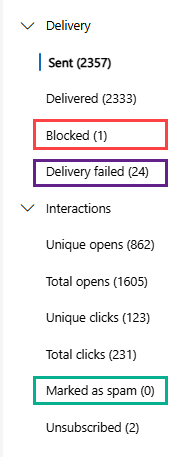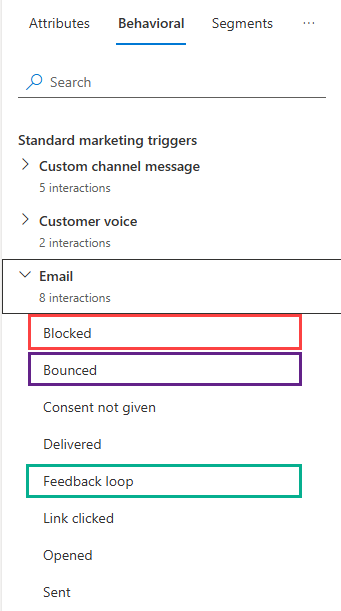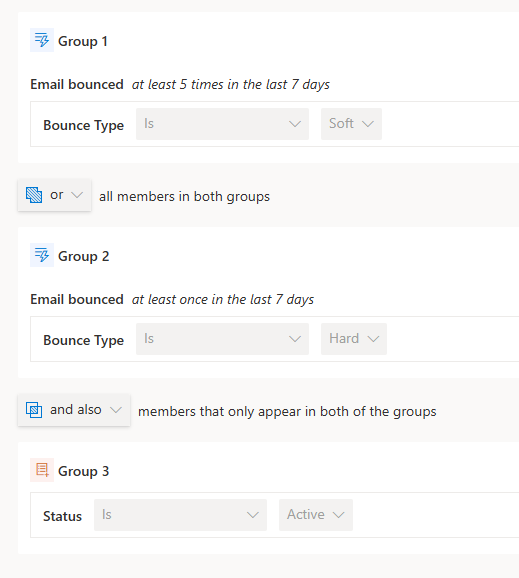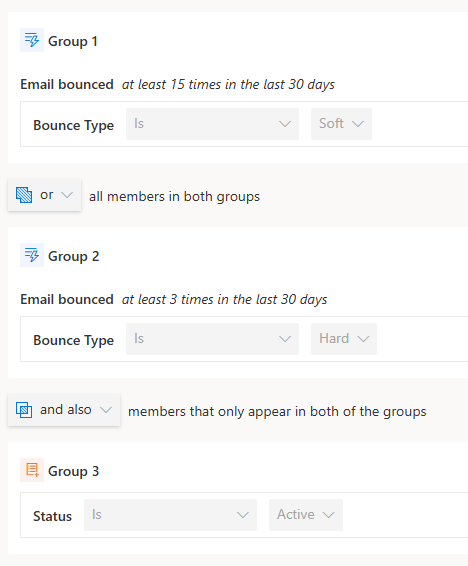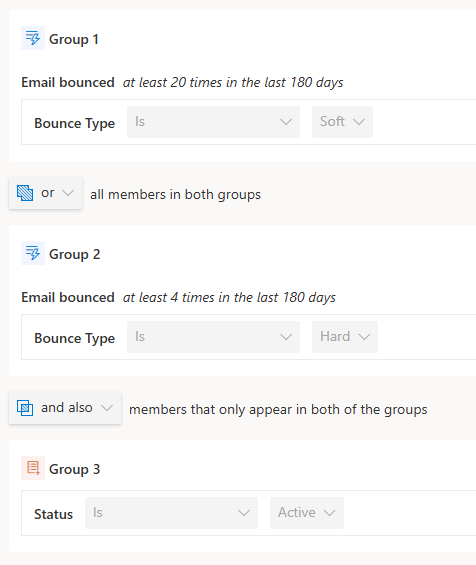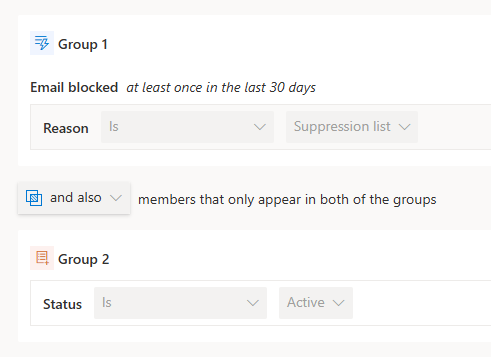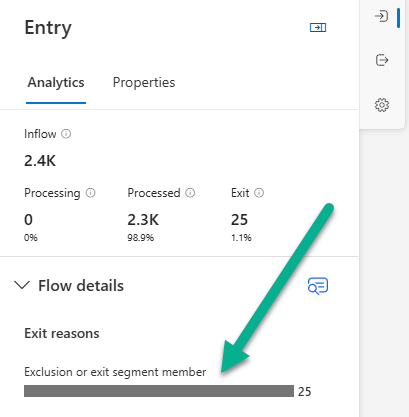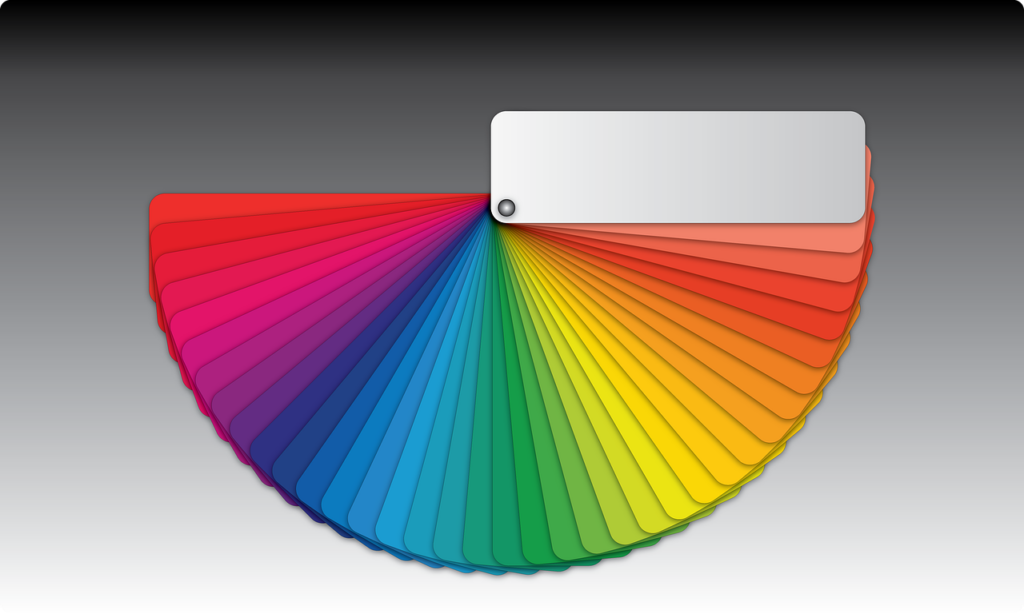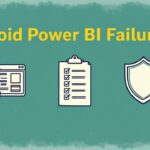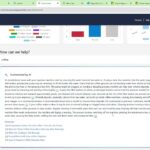Now Reading: Understanding Suppression List Rules And Managing Them In Customer Insights Journeys
-
01
Understanding Suppression List Rules And Managing Them In Customer Insights Journeys
Understanding Suppression List Rules And Managing Them In Customer Insights Journeys

Did you know there is a suppression list used for all of your Journeys sending emails in Customer Insights and that list is unique to your organisation? This is well documented by Microsoft as to when and why an email address you’ve sent an email to can be added to the suppression list, but how can you know, and how can you avoid trying to send emails to them again in the future? It’s good to understand the suppression list rules especially if you want to keep your email delivery rates looking good (still aiming for 100%) and reduce any blocks or delivery failures in the future. This post will help you create an overall suppression segment you can use on all your journey entry points.
Again, this suppression list we are talking about is managed by Microsoft which is designed to help protect your sending reputation. If Customer Insights Journeys allowed you to keep sending emails to people who have had previous bounces or blocked emails, you could get yourself blacklisted and if you’ve been through the process to get yourself off that list, you know it is NOT a fun process. The list is based on email, not specific to any one Contact or Lead. Be sure to read through their documentation here, but it is this part that we can use to create some kind of segment in D365 to find the records we should exclude from going through our Journeys.
If we look at the Insights tab on an email we have sent out, the three things below are what would cause someone to possibly go on to the suppression list. So let’s focus on those. Note that in the documentation it shows how you can remove someone from the suppression list, but those where the person marked your content as spam cannot be removed (unless the person themselves opts back in). It’s important we keep these numbers under control. Failure to do so can cause your account to be suspended by Microsoft, more information on the suspension criteria for Customer Insights Journeys here.
We are going to create a series of segments that use the Behavioural option of either Blocked, Bounced or Feedback loop. It might be that our segments may not be an exact copy of the suppression list Microsoft holds, but we can’t get access to it to verify. We can however build some logical segments to check each occurrence of suppression then combine those lists together.
Note that for each of these, you can always add in extra filtering (only hard bounces for example, or soft bounces for specific categories) but this should give you a good starting point. In each segment, I also have included to make sure that Contacts are Active. If I decide to make a Contact Inactive, I want to be sure they no longer show up, which means I don’t need to ‘do anything about’ the record any longer. Again, these are all suggestions and you might want to add additional logic and criteria to your own segments. If you read the documentation you will know that five consecutive sending attempts to the same email address that result in soft bounces result in the email address being added to the suppression list similarly to one hard bounce.
Segment 1 – Suppression First Occurrence
Add in Email bounced as the behaviour, and remove the Email filter that gets added to it by default. Instead, add in that the Bounce Type is Soft, and that it this happened at least 5 times in the last 7 days. If this has happened, Microsoft adds the email to the suppression list. We then need another Email bounced group, and this time add in the Bounce Type of hard, at least once in the last 7 days. As soon as a hard bounce happens, the email is added to the suppression list. Make sure that the logic between the two groups is set to ‘or’. In theory, this should give you anyone that is on the suppression list for the first time, or has been added to it in the past week a subsequent time.
Segment 2 – Suppression Second Occurrence
Now we need almost the same segment, but this one will have Email bounced at least 10 times in the last 14 days where the Bounce Type is Soft, OR at least 2 times in the last 14 days where the Bounce Type is Hard. You could have someone in segment 1 and segment 2 at the same time, but having both these will catch people regardless of when those bounces happened within the past 2 weeks.
Segment 3 – Suppression Third Occurrence
Now we need almost the same segment, but this one will have Email bounced at least 15 times in the last 30 days where the Bounce Type is Soft, OR at least 3 times in the last 30 days where the Bounce Type is Hard.
Segment 4 – Suppression Fourth Occurrence
The last one will have Email bounced at least 20 times in the last 180 days where the Bounce Type is Soft, OR at least 4 times in the last 180 days where the Bounce Type is Hard.. Ideally people aren’t making it in to segment 3 or 4 because you are reviewing and cleaning things up BUT a lot of this depends on how frequently you are sending out emails. Someone could quickly have multiple suppression occurrences if you send several emails a week or month.
Segment 5 – Suppression List Last 30 Days
Now this one in theory isn’t needed as anyone in here should go in to one of the other 4 segments above, but it could be useful to have for a quick overview segment. This will show you anyone who has been sent an email in the last 30 days that was already on the suppression list. The Email blocked reason would let you know this. So this one is more of a high level overview. You could of course change the number of days and can decide to include this in your final main suppression list.
Segment 6 – Spam Complaint
I would suggest including this one. The interestingly named Email feedback loop behaviour is in fact someone marking your email as spam but only via specific email providers. You can read more about the feedback loop on the Microsoft documentation page here. This will add someone to the suppression list managed by Microsoft and you are unable to remove them. In other words, they will not just ‘fall off the list’. It’s up to you what time frame you put, but I think a year is MORE than enough. In theory a month or two is fine if you are sending regular emails and reviewing your Email Insights after each send to look for people that have marked you as spam. You should then be doing something with that record to make sure they are never included in Segments in the future, and therefore you won’t try and email them again. This could be changing their Contact Point Consent record(s) to Opted Out, or making the record Inactive, or any other process you currently follow.
Segment 7 – Suppression List Combined
Once all those segments are published, create one final segment that you then include all of those in. Make sure the link between them is Or rather than And. This will give you your final segment that should be very close to the suppression list that Microsoft update for your organisation.
This combined Suppression List segment can then be used on any Journey you have in the Exclude by segments section on the Entry point. You can also add it to the Exit segment options if you want to take someone out of a segment should they fall in to the combined suppression list segment.
When your Journey runs that is using your suppression list, you should see how many Contacts were excluded because they were in that segment. Again, these segments and your email insights should always be reviewed and action taken to either opt them out, make them inactive, fix their email address or whatever process you deem the right approach for your organisation.
Original Post http://meganvwalker.com/suppression-list-rules-customer-insights-journeys/


